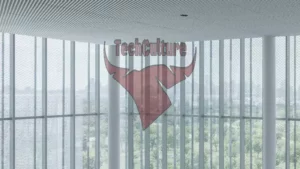Autonomous Vehicle Industry Gathers in Los Angeles, Debates Future of Human Drivers
LOS ANGELES – The first autonomous vehicle conference organized by Ride AI brought together key players in the industry this week, highlighting the ongoing role of human drivers alongside advancing autonomous technology.
The conference, held in downtown Los Angeles, saw representatives from major companies discussing the future of transportation and the integration of self-driving vehicles into existing systems.
Stephen Hayes from Lyft and Ryan Green of Gridwise presented insights on a hybrid future where human and robot drivers coexist. Green estimated this hybrid market could persist for 10 to 15 years before full autonomy becomes widespread.
Toyota Research Institute challenged the notion that full autonomy is necessary for improved transportation. Avinash Balachandran, representing the company, emphasized the safety of human drivers and suggested that autonomy could assist in challenging driving situations rather than completely replace human operators.
Notably absent from the conference was Tesla, raising questions about the company’s stance on industry collaboration and its autonomous driving development.
Industry experts addressed challenges in achieving full self-driving technology. Amnon Shashua of Mobileye discussed AI precision issues, while Kaity Fischer from Wayve highlighted the untapped market for level two and three autonomous systems.
The conference also explored the cyclical nature of expectations surrounding autonomous vehicle technology. Sophia Tung and Timothy B. Lee provided historical context on the industry’s ups and downs, with Lee drawing parallels to the gradual replacement of human elevator operators.
Lee predicted a gradual decline in human drivers over the next 20-plus years, suggesting a slow transition rather than an abrupt shift to fully autonomous vehicles.
As the conference concluded, attendees were reminded of the current reliance on human drivers, with many departing via traditional rideshare services, underscoring the complex path ahead for autonomous vehicle integration.



